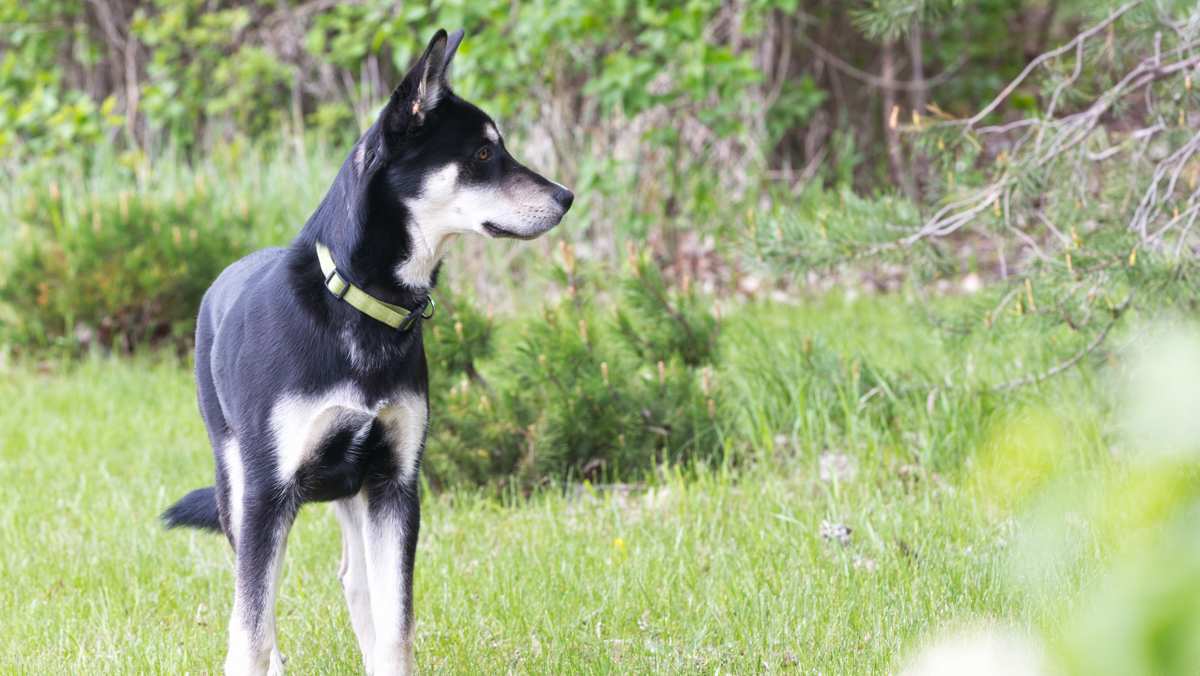Labrador Husky Breed Details
The Labrador Husky is a rare hybrid breed, so it is not known to be an official member of any breed group or classification--though there is little doubt that dogs of this breed are working animals. Like other Northern dogs, the Lab Husky was developed to be a sled dog. Lab Huskies are best suited for active families (particularly those living in colder climates), or for anyone who needs a good-natured working dog.
PROS:
- Fantastic work ethic
- Intelligent
- Affectionate
- Easy to train
- Socializes well with other dogs
- Very loyal
- Extremely athletic
- Good with children (especially if raised with them)
- Low barking tendency
CONS:
- Not normally friendly to strangers
- Sheds frequently
- May chase smaller pets
- Extremely rare, so little is known about care, health, and maintenance
- High exercise requirements
- May become destructive if bored
- Generally high-maintenance
- Not adaptable to various living situations; cooler climate and large outdoor space recommended
